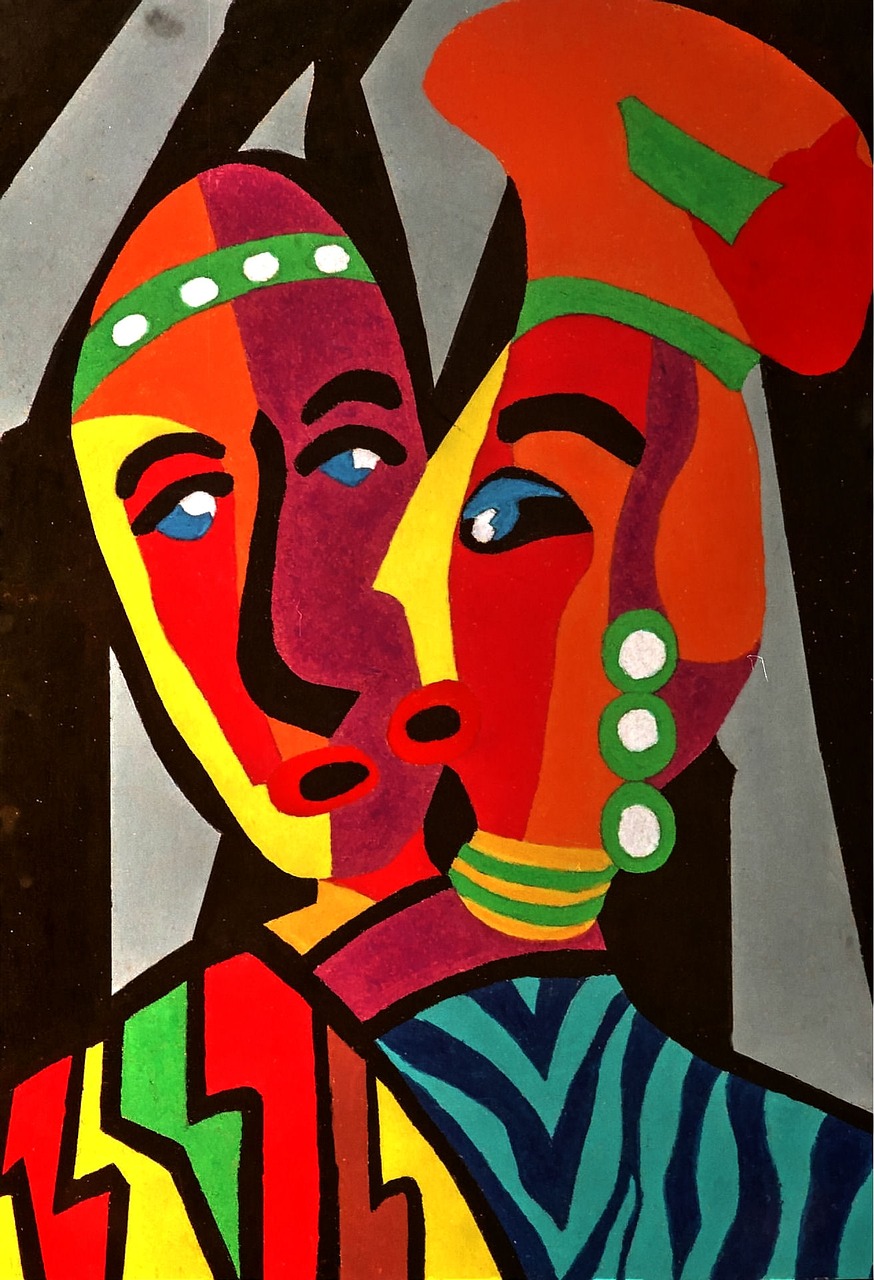How do I get started on purchasing art prints you ask? Once upon a time, a certain sizable pension fund began investing some of its capital in works of art. A few years later, the plan was shelved for plainly financial ones. A collection of art prints may gain in value, but generally speaking, this type of financial investment is not preferred.
So What Tips Can We Offer You on Purchasing Art Prints?
- Purchase items you find appealing.
- Buy just the best.
- Prices vary between purchases and sales.
My suggestions are based on knowledge from buying and selling modern and African art prints. As such, this article’s emphasis is on them.
Purchase What You Find Appealing
Purchase just the prints of art that you genuinely enjoy rather than ones that you could later regret. A piece of art should, first and foremost, express your unique preferences.
Buy Premium
Purchase only fine print paintings from renowned artists if you want to keep or raise the value of your portfolio. (However, remember rule number one!)
Prices Differ Between Buying and Selling
Remember that purchase pricing and retail sales prices are two very distinct things. The commissions you pay when you purchase or sell art, whether directly or indirectly, are substantially higher than those charged by your bank for the majority of financial assets.
Don’ts When Purchasing Art Prints
You should stay away from the following if you want to preserve or raise the value of your collection of art prints:
- Purchasing duplicates.
- Purchasing art prints in really bad shape.
- Purchasing prints of paintings without checking margins.
- Purchasing from a shady source.
Let’s talk about that for a minute.
Purchasing Replicas
Be warned that a contemporary replica for sale comes with a price. But it has little or no value at the time you purchase it. If you choose to purchase replicas, acquire them for aesthetic reasons alone. This is something that many seasoned collectors do. They use inexpensive copies to decorate their houses while keeping their priceless collector prints well-protected from light in folders and cupboards.
Purchasing Prints in Really Bad Condition
You may have noticed that prints in subpar condition sold quickly during live auctions. That the purchasers were experienced traders is a given. Before reselling them, they restore such prints. It is bad advice for a private collector. You cannot afford to pay the hefty cost of professional restoration.
Not Seeing Margins When Purchasing Art Prints
It would be a mistake to disregard the state of the margins. In galleries and auction houses, prints are frequently framed. Demand that the print is removed from the frame by the gallery owner. How else would you be able to identify, say, a sun-related tan?
A print that has been framed, put on a wall, and exposed to light almost always have condition issues, thus the gallery owner might decide against doing it. Never pay for a print without first seeing the margins.
Purchasing From a Doubtful Source
In both traditional marketplaces and, to a significant extent, now with the Internet, there is a lot of fraud in the art market. The buying of art has essentially turned the Internet into a jungle. The risk of harm is buying a phoney print, paying a lot more than necessary, or losing all of your money.
How do you spot a swindler? Oh, that’s easier said than done. There is no rule, and that is the only thing you need to know. Crooks can be discovered at posh galleries, auction shops, fairs, or online. Keep your common sense and remember that if a deal looks too good to be true, it generally isn’t.
The Best Advice: Knowledge, Knowledge, Knowledge!
Knowledge is the best defence against dangers when purchasing art prints. A knowledgeable dealer can be distinguished from a beginner collector by their knowledge. Discover more about the collecting hobby!
Still, books are the best sources. Additionally, the Internet has developed into a useful tool for learning—if you know where to look. The issue with the Internet is that you have to wade through tremendous piles of trash and pointless, useless, and frequently fraudulent sites before you locate the treasure stones. Wikipedia is typically my first stop when looking for information on broad topics because it leads you down a rabbit hole of links to insightful sources. Bolingo.com makes an effort to be a reliable resource for information on (almost) every facet of art prints. Please, nevertheless, do your own research.
An Explanation of a Catalogue Raisonneé
What is a catalogue raisonneé? There are volumes that list an artist’s whole body of work in minute detail, including sizes, edition sizes, types of paper, dates of publication, photographs, and more. Catalogue raisonneé is the name of these books.
They are the greatest sources to use when assessing a print even though they aren’t always accurate and may contain mistakes. These catalogues’ price is their lone drawback. Due to the limited number of copies produced, they are typically pricey. Keep an eye out at auctions or antiquarian bookstores for secondhand catalogue raisonnés!
It is difficult to become well-versed in all areas of the arts. To develop strong knowledge, many dealers and collectors choose to specialise in a particular genre.



